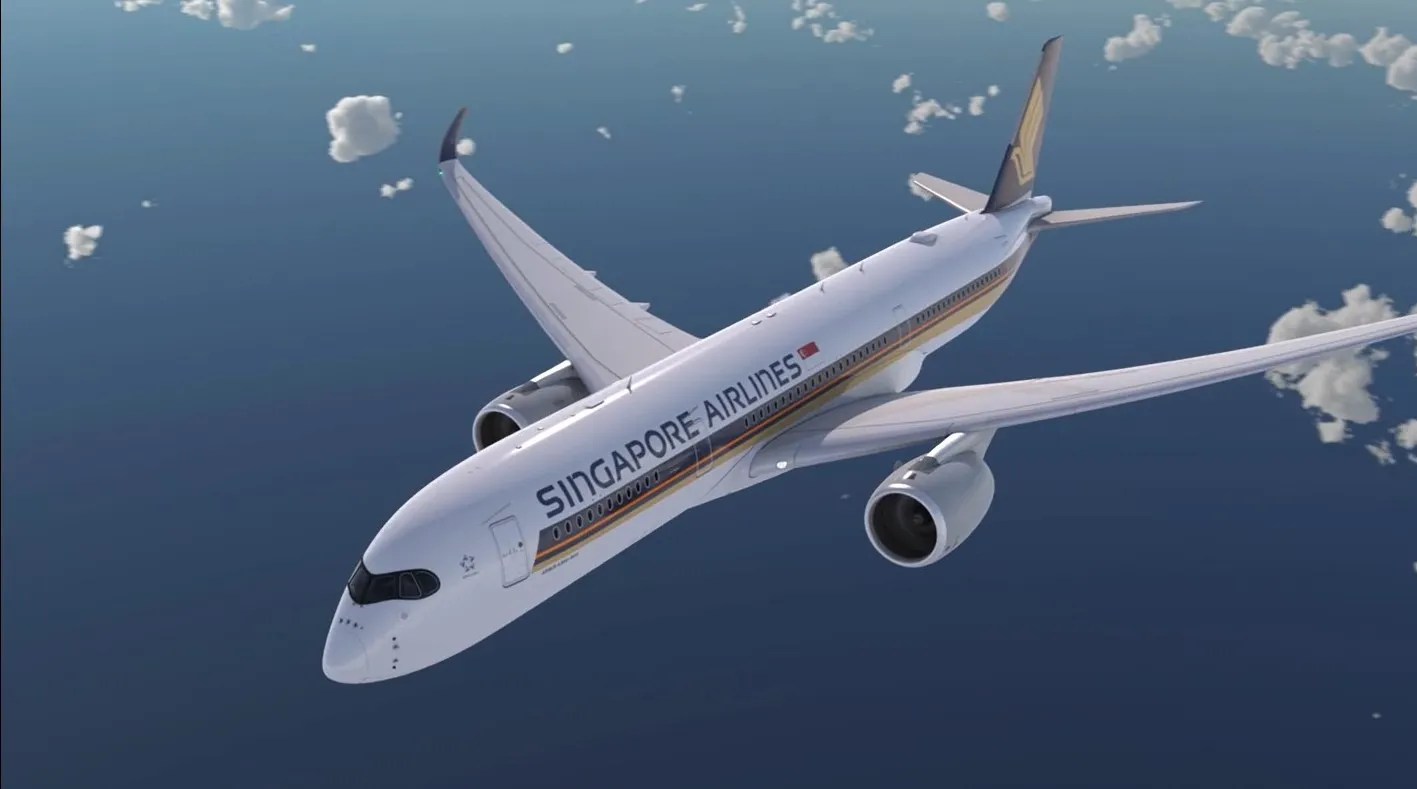
Singapore Airlines posts first profit in two years
Feb 25, 2022

Singapore Airlines has reported its first profit in two years, marking a significant turnaround for the airline amid the recovery from the COVID-19 pandemic. The resurgence in travel demand, particularly in the premium segment, has bolstered the airline's financial performance. With a strategic focus on enhancing customer experience and expanding routes, Singapore Airlines has successfully navigated challenges posed by the pandemic. The return to profitability reflects a broader rebound in the aviation industry, as more travelers are eager to fly again, contributing to the airline's optimistic outlook for the future.
After a challenging period marked by the global pandemic, Singapore Airlines has emerged resilient, reporting its first profit in two years. This remarkable turnaround highlights the airline's strategic initiatives and adaptability in the face of unprecedented challenges. As travel demand rebounds, Singapore Airlines is set to regain its position as a leader in the aviation industry.
Financial Performance Overview
Singapore Airlines reported a net profit of S$1.2 billion ($884 million) for the fiscal year ending March 2023. This significant achievement contrasts sharply with the losses incurred in the previous two years due to the pandemic. The airline's management attributed this success to several factors, including an increase in passenger traffic and effective cost management strategies.
Passenger Traffic Recovery
One of the primary drivers behind the profit surge is the recovery in passenger traffic. With the easing of travel restrictions and a renewed consumer appetite for travel, Singapore Airlines experienced a dramatic increase in bookings. The following table illustrates the growth in passenger traffic over the past year:
| Month | Passenger Traffic (in millions) |
|---|---|
| April 2022 | 1.2 |
| October 2022 | 2.5 |
| March 2023 | 3.1 |
This data showcases the airline's robust recovery trajectory, with a steady increase in passenger numbers as travel confidence returns. The airline's ability to adapt its routes and schedules to meet demand has been crucial in this recovery phase.
Strategic Initiatives Driving Growth
Singapore Airlines has undertaken several strategic initiatives to bolster its performance. Key among these is the expansion of its route network to include more destinations, thereby catering to a broader customer base. The airline has also invested in enhancing its customer service experience, ensuring that passengers feel safe and valued throughout their journey.
Moreover, the introduction of more fuel-efficient aircraft has resulted in lower operational costs, contributing to the overall profitability of the airline. The commitment to sustainability has not only improved efficiency but has also resonated positively with environmentally conscious travelers.
Cost Management Strategies
Effective cost management has played a significant role in Singapore Airlines' return to profitability. The airline has implemented various measures to reduce expenditure without compromising service quality. These include:
- Streamlining operations to enhance efficiency
- Negotiating favorable contracts with suppliers
- Utilizing technology to automate processes and reduce labor costs
These strategies have allowed Singapore Airlines to maintain competitive pricing while improving its profit margins. The focus on operational excellence has positioned the airline well for future growth.
Market Outlook and Future Prospects
Looking ahead, the outlook for Singapore Airlines remains positive. As global travel continues to recover, the airline is well-equipped to capitalize on the increasing demand. Analysts predict that passenger numbers will continue to rise, driven by both leisure and business travel. With its strong brand reputation and commitment to quality service, Singapore Airlines is poised to capture a significant share of the market.
In addition to expanding its international routes, Singapore Airlines is also exploring opportunities in the cargo sector. The airline has seen increased demand for air freight services, particularly in the e-commerce space. This diversification strategy is expected to contribute positively to the airline's revenue streams.
Conclusion
Singapore Airlines has successfully navigated the turbulent waters of the pandemic, emerging stronger and more profitable than ever. With a solid financial performance, a focus on strategic initiatives, and effective cost management, the airline is well-positioned for sustainable growth. As travel demand continues to rise, Singapore Airlines is ready to capitalize on the opportunities ahead, reaffirming its status as a leading player in the aviation industry.
In summary, Singapore Airlines' journey back to profitability serves as a testament to its resilience, adaptability, and commitment to excellence. The airline's strategic focus on passenger experience, operational efficiency, and market expansion will be key drivers in its continued success. As the industry recovers, Singapore Airlines is not just looking to regain lost ground but aims to soar to new heights.
Related Articles

Explore Thailand: The Best Islands to Visit for Paradise, Adventure, and Relaxation

The Ultimate Guide to the Best Islands in Thailand for Your Next Getaway

Do babies need passports? How to get a passport for a newborn

How to get a U.S. passport fast: here’s how to expedite the process

What is Mobile Passport Control: 5 reasons why you should use it

SENTRI vs. Global Entry: A detailed guide

Do you need a passport to go to the Bahamas? Let’s find out

Do you need a passport to go to Mexico? A detailed guide

Do you need a passport to go to Canada? We got the answer

Do You Need a Passport for a Cruise: An Essential Travel Guide

Booster Seat Requirements: All the Rules to Follow in Your Rental Car

What Are the World’s Most Powerful Passports, and How Does Yours Rank?

How to Take a Passport Photo at Home: A Helpful Guide

You've got to have heart! Southwest's new livery

Your opinion: Should water be free on low cost carriers?

Young women bolder than guys as solo travellers
